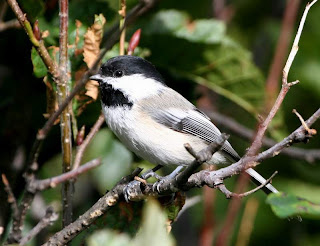
How often we get the right timing and luck to draw a bird directly from his natural habitat, by the moment he stops he can get easely distracted, and go somewhere else, not depending sometimes on our moves, even if you are fully concentrated and not interferring with the bird, sometimes it may seem impossible, to catch the perfect moment.
Directly speaking to those whose interest in this field is more acurate and experienced, sometimes the art of sketching a bird, is more a spacial reasoning activity than a copying exercise.
You won´t have the oportunity to copy with the eye every angle, or see to the entire disposition of the bird, because a wild bird is constantly active and only stops in the same place for a few seconds.
As I said before, not even the best painter will get the best results, so we have to supply ourselves with other plans and strategies.
Here are a couple of tips and advices, that can get you started on this art, which are the following:
1.Anatomy
Memorise the components of the bones, respective sizes and structure of the whole animal, including head, tail, eyes, wings and assimilate correctly the proportion that they have on the body, as a whole.
2.Motion and Fluidity
This is probabily one of the hardest steps to master, and requires memorising a lot of pictures of transitions, and I would recommend to master all the small moves as head chakes, paw and wing movements, trynig to visualise the whole motion.
Adding that during the whole process you have to train the brain, to work visualy, and not log
ically.
3. Perspective and Spacial Analysis
Now that you have the notion of the anatomy and shape of the animal, it´s time to include the bird´s position in the context of space, most specifically his display on the enviroment.
This can be extremely irregular and the bird´s placement can be made in inumerous ways, usually requiring a consistant pratice on understanding spacial organization.
3v9m4gyzjf
0 comentários:
Enviar um comentário